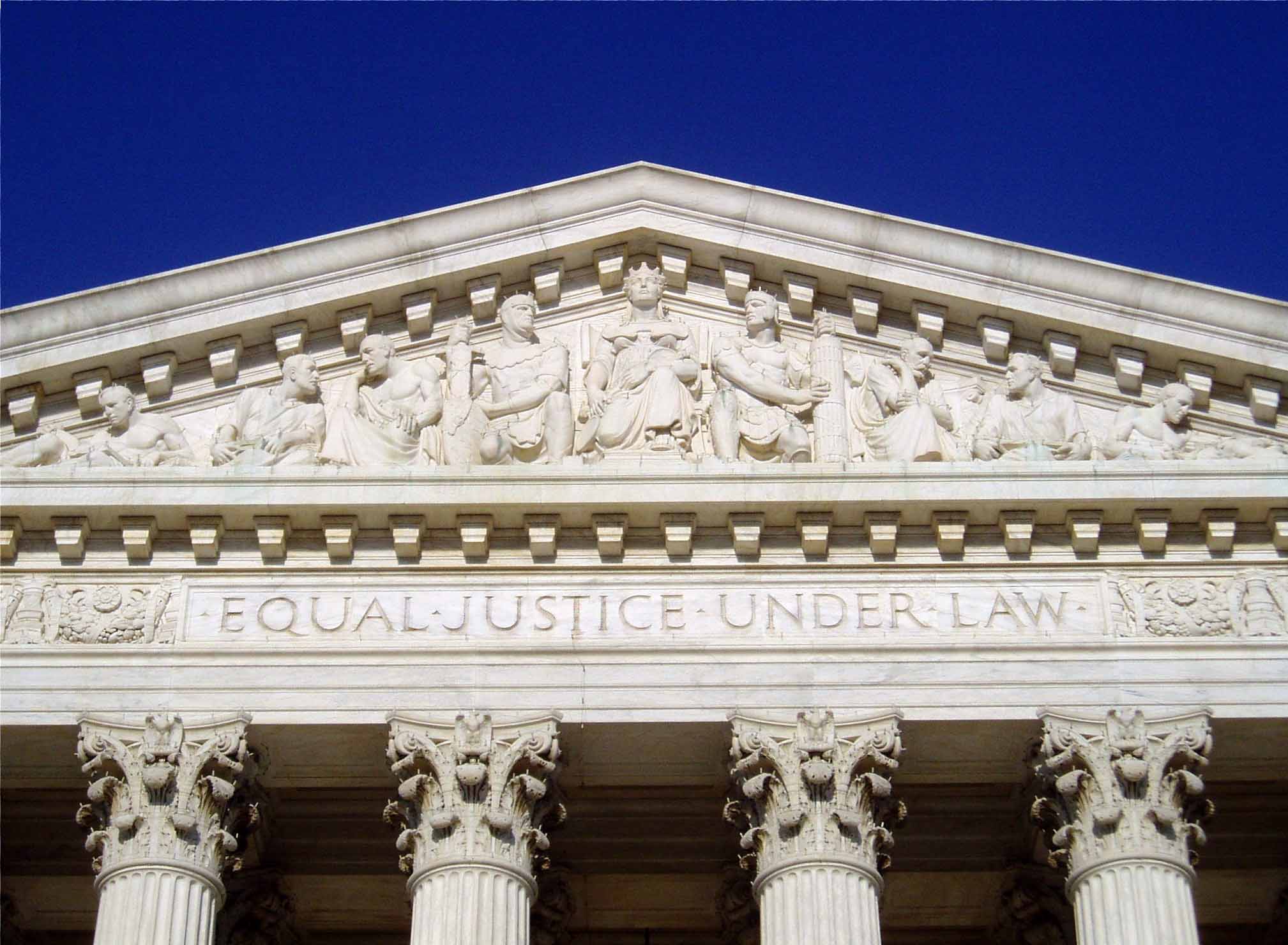
This month, the U.S. Supreme Court issued two decisions that will impact many patent owners and litigants. First, the Court lowered the standard for patent owners to obtain treble damages when their patents are willfully infringed. Then, the Court confirmed the relatively easy standard that is applied in administrative proceedings to invalidate patents, as opposed to the more stringent standard of litigation, and held that such administrative rulings are essential non-appealable.
The first decision was issued on June 13 in the consolidated cases of Halo Electronics v. Pulse Electronics and Stryker v. Zimmer, making it easier for patent owners to obtain treble damages in the event of wilful infringement.
Halo and Stryker each won separate patent infringement suits in district court and each sought enhanced damages under Patent Act §284, which provides that in the event of wilful infringement, “the court may increase the damages up to three times the amount,” but both plaintiffs were denied enhanced damages on the grounds that they failed to satisfy the Seagate test, established by the Federal Circuit in 2007. (Halo was denied enhanced damages by the district court; Stryker was granted enhanced damages in district court, but they were reversed by the Federal Circuit.)
In Seagate, the Federal Circuit held that a patent owner who wishes to recover enhanced damages for wilful infringement must prove by clear and convincing evidence that the infringer (a) acted despite an objectively high likelihood that its actions constituted infringement (the objective prong) and (b) knew or should have known of that risk (the subjective prong).
In Halo and Stryker, the Supreme Court struck down the Seagate test as “unduly rigid,” finding district courts should have greater discretion to determine when enhanced damages are appropriate. A plaintiff still must prove infringement was wilful and egregious, but Seagate’s clear and convincing standard no longer applies; instead, plaintiff must satisfy only a lesser preponderance of the evidence standard and the two-part Seagate test no longer applies.
The second decision was issued on June 20, in Cuozzo Speed Technologies v. Lee, ensuring that post-grant proceedings to invalidate patent claims at the U.S. Patent Trial and Appeal Board (PTAB) will remain a valuable tactic in patent disputes.
Such administrative proceedings, including inter partes review, post grant review and covered business method review became available when the America Invents Act (AIA) came into effect in 2012. Originally intended as mechanisms for quickly and inexpensively challenging poor quality patents, some patent owners criticize the administrative proceedings, claiming they drive up the cost and length of disputes, while accused infringers respond that they are an essential check on wrongful threats and litigation.
In any event, the Cuozzo case addressed two important aspects of such post-grant proceedings. First, the Court ruled that absent a Constitutional violation or clear abuse of discretion, PTAB decisions may not be appealed. Second, the Court upheld the PTAB’s continued application of the “broadest reasonable construction” standard when construing the claims of a patent.
On that last point, in litigation, federal courts apply a narrower “plain and ordinary meaning” standard, which makes it more difficult to invalidate the claims of a patent, and Cuozzo argued that narrower standard should also apply to PTAB proceedings. The Court disagreed, finding the AIA failed to specify which claim construction standard should apply, but litigation and administrative actions differ in various respects and the Patent Office did not act unreasonably when it decided the broadest reasonable construction standard should apply.
In summary, the Court handed one win to patent owners, making it easier for them to recover treble damages for willful infringement, and one to alleged infringers, maintaining the status quo in post-grant invalidation proceedings, ensuring that legal and administrative proceedings will both continue to play a key role in the resolution of patent disputes.
